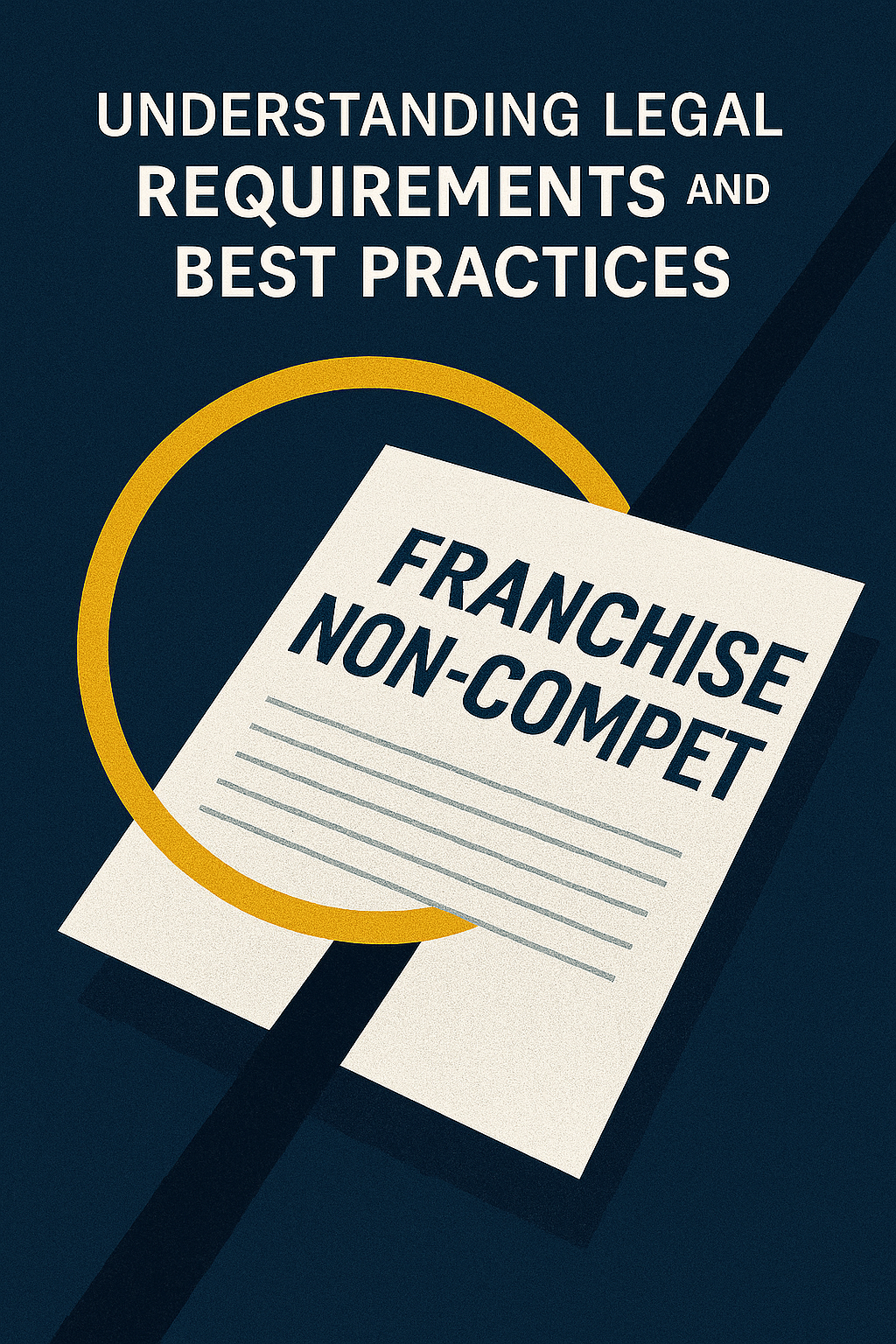Franchising has become an increasingly popular business model in recent years, allowing companies to expand their brand presence and reach new markets. However, one critical aspect that often poses a challenge for franchisors is determining the appropriate royalty rates to charge their franchisees. Royalty rates are the ongoing fees that franchisees pay to the franchisor in exchange for the right to operate under the brand name and benefit from the franchisor’s support and resources.
Understanding the Importance of Royalty Rates in Franchising
Royalty rates play a vital role in the overall success and sustainability of the franchisor-franchisee relationship. They serve as a key source of revenue for the franchisor, allowing them to recoup their initial investment, support ongoing brand development, and maintain a profitable business model. For franchisees, royalty rates represent a significant operational cost that must be carefully managed to ensure profitability.
Franchisees must consider various factors when evaluating the impact of royalty rates on their business. One important consideration is the value they receive in return for paying royalties. Franchisees expect to benefit from the franchisor’s established brand, proven business model, ongoing support, and access to a network of fellow franchisees. The royalty rates should align with the value provided by the franchisor to ensure a fair and mutually beneficial relationship.Additionally, the structure of royalty rates can vary across different franchising models. Some franchisors may charge a fixed percentage of gross sales, while others may use a tiered system based on performance or a combination of fixed and variable fees. Franchisees should carefully analyze the structure of royalty rates to understand how it may impact their profitability at different levels of sales.Overall, understanding the importance of royalty rates in franchising is crucial for both franchisors and franchisees. It allows them to establish a fair and sustainable business relationship that benefits both parties and contributes to the long-term success of the franchise system.
Factors to Consider When Determining Royalty Rates
Setting the right royalty rates requires careful consideration of several factors. Firstly, franchisors should assess the industry’s standards and benchmarks for royalty rates to ensure competitiveness and attractiveness to potential franchisees. Additionally, franchisees’ profitability and revenue potential must be analyzed thoroughly. Higher royalty rates may be justified if the franchisee stands to benefit from a well-established brand and extensive support services.
Furthermore, the size and scale of the franchise network should also be taken into account. Larger franchise networks often have more bargaining power and can command higher royalty rates. On the other hand, smaller networks may need to offer more competitive rates to attract franchisees and grow their brand presence. It is important for franchisors to strike a balance between maximizing their revenue and providing a fair and reasonable royalty rate that aligns with the value and support they offer to their franchisees.
Researching Industry Standards for Royalty Rates
It is crucial for franchisors to conduct extensive research to understand industry standards for royalty rates. Benchmarking against competitors and similar franchises within the industry can provide valuable insights. This research enables franchisors to align themselves with prevailing market trends and set rates that are in line with customer expectations to attract potential franchisees.
Additionally, researching industry standards for royalty rates allows franchisors to stay competitive in the market. By understanding the average rates charged by other franchises in the same industry, franchisors can ensure that their rates are not too high or too low compared to their competitors. This information can help them make informed decisions about their pricing strategy and ultimately attract more potential franchisees who are looking for a fair and reasonable royalty rate.
Analyzing the Franchisee’s Profitability and Revenue Potential
While being competitive and attractive to franchisees is important, franchisors must also analyze the franchisee’s profitability and revenue potential. This assessment helps determine whether the franchisee will be able to afford the royalty rates and achieve a reasonable return on investment. Franchisors should consider factors such as the market demand for the franchise’s products or services, the location’s market potential, and the franchisee’s operational capabilities.
In addition, franchisors should also evaluate the franchisee’s financial stability and creditworthiness. This includes reviewing the franchisee’s credit history, financial statements, and ability to secure financing. A financially stable franchisee is more likely to succeed and generate consistent revenue for both the franchisor and themselves.Furthermore, it is crucial for franchisors to assess the competitive landscape and potential risks in the market. This involves conducting a thorough analysis of competitors, market trends, and any potential threats that could impact the franchisee’s profitability. By understanding the market dynamics, franchisors can provide guidance and support to franchisees to help them navigate challenges and maximize their revenue potential.Overall, analyzing the franchisee’s profitability and revenue potential is a critical step in the franchising process. It ensures that both the franchisor and franchisee are aligned in their financial goals and sets the foundation for a successful and mutually beneficial partnership.
Balancing Competitive Royalty Rates with Profitability
Finding the right balance between competitive royalty rates and profitability is a delicate process. Setting royalty rates too high may deter potential franchisees, while setting them too low may undermine the franchisor’s ability to support their franchise network effectively. Franchisors should consider the value they bring to their franchisees, such as brand recognition, marketing support, training programs, and ongoing operational support, when determining the appropriate royalty rates.
In addition, it is important for franchisors to assess the competitive landscape and industry standards when setting royalty rates. Conducting market research and analyzing the royalty rates of similar franchises can provide valuable insights into what is considered reasonable and competitive within the industry. This information can help franchisors strike a balance between attracting potential franchisees and ensuring profitability for both parties involved.Furthermore, ongoing communication and collaboration with franchisees is crucial in maintaining a healthy relationship and addressing any concerns related to royalty rates. Franchisors should be open to feedback and willing to negotiate if necessary, as this can foster trust and loyalty among franchisees. Regularly reviewing and reassessing royalty rates based on the performance and growth of the franchise network can also contribute to maintaining a fair and sustainable system for both franchisors and franchisees.
The Role of Brand Value in Setting Royalty Rates
The brand value of a franchisor’s business is a significant consideration when setting royalty rates. Franchisees benefit from operating under an established brand that carries recognition and credibility among customers. Franchisors can leverage this brand value by charging higher royalty rates to reflect the tangible and intangible benefits that franchisees receive. Brand value is often a result of long-term brand building efforts and should be factored into royalty rate calculations.
How to Calculate Royalty Rates for Franchisees
Calculating royalty rates should be a thorough and well-documented process. One common method is to base the rates on a percentage of franchisee sales. However, other factors, such as fixed monthly fees or a combination of both, may be considered depending on the franchise’s industry and business model. It is essential for franchisors to consider profitability, market conditions, and industry standards when deciding on a suitable calculation method.
Negotiating Win-Win Royalty Rate Agreements with Franchisees
Successful franchisors understand the importance of negotiation when it comes to royalty rate agreements. It is crucial to establish a win-win scenario that benefits both the franchisor and franchisee. Engaging in open and transparent discussions, considering franchisee feedback, and taking into account market conditions and franchisee profitability can lead to mutually beneficial agreements that drive long-term success for both parties.
Strategies for Increasing Franchisee Satisfaction through Royalty Rates
Franchisors should strive to create a sense of satisfaction and fairness among their franchisees regarding royalty rates. Communicating the value that franchisees receive in return for their royalty payments is essential. Additionally, offering additional support services, regular performance evaluations, and encouraging open channels of communication can contribute to franchisee satisfaction and a positive franchise relationship.
The Impact of Royalty Rates on Franchisee Motivation and Performance
Royalty rates can have a significant impact on franchisee motivation and performance. On the one hand, franchisees may be motivated to achieve higher sales and profitability to offset their royalty expenses. On the other hand, excessively high royalty rates may lead to demotivation and a decline in overall performance. It is crucial for franchisors to strike a balance that incentivizes franchisees while maintaining profitability for both parties.
Adjusting Royalty Rates to Account for Market Fluctuations
The franchising industry is not immune to market fluctuations. Changes in consumer spending patterns, economic conditions, or industry-specific shifts can impact franchisee profitability. Franchisors should consider periodically evaluating and, if necessary, adjusting royalty rates to account for such fluctuations. This flexibility ensures that franchisees are not burdened with an unfair financial commitment during challenging times.
The Relationship between Royalty Rates and Franchisee Support Services
Franchisees rely on the support services and resources provided by franchisors to operate their businesses effectively. It is essential for franchisors to align the level of support with the royalty rates charged to franchisees. Robust support services, including training, marketing, technology infrastructure, and ongoing operational assistance, help franchisees maximize their potential and justify the royalty rates being paid.
Ensuring Fairness and Transparency in Royalty Rate Structures
Fairness and transparency are critical elements in maintaining a healthy franchisor-franchisee relationship. Franchisors should provide clear documentation regarding royalty rate structures, ensuring franchisees fully understand how these rates are calculated and what they cover. Regular communication and transparency foster trust and reduce the likelihood of misunderstandings or conflicts arising from royalty rate issues.
Monitoring and Evaluating the Effectiveness of Royalty Rate Structures
Franchisors should continuously monitor and evaluate the effectiveness of their royalty rate structures. This involves analyzing financial data, franchisee performance metrics, and franchisee feedback to identify areas for improvement or adjustments. By monitoring and evaluating the impact of royalty rates, franchisors can ensure their rates remain competitive, fair, and conducive to long-term success for both parties.
Common Mistakes to Avoid when Setting Royalty Rates
There are several common mistakes that franchisors should avoid when setting royalty rates. Firstly, setting rates too high without considering market conditions or franchisee profitability can discourage potential franchisees from joining the network. On the other hand, setting rates too low can undermine the franchisor’s ability to provide adequate support. Additionally, failure to review and adjust royalty rates periodically can result in outdated structures that no longer align with market demands or franchisee needs.
In conclusion, setting competitive and attractive royalty rates is a crucial aspect of franchising success. By understanding the importance of royalty rates, considering various factors, conducting extensive research, and maintaining fairness and transparency, franchisors can establish mutually beneficial relationships with their franchisees. It is an ongoing process that requires careful evaluation and adjustments to ensure long-term profitability and satisfaction for both parties involved.






